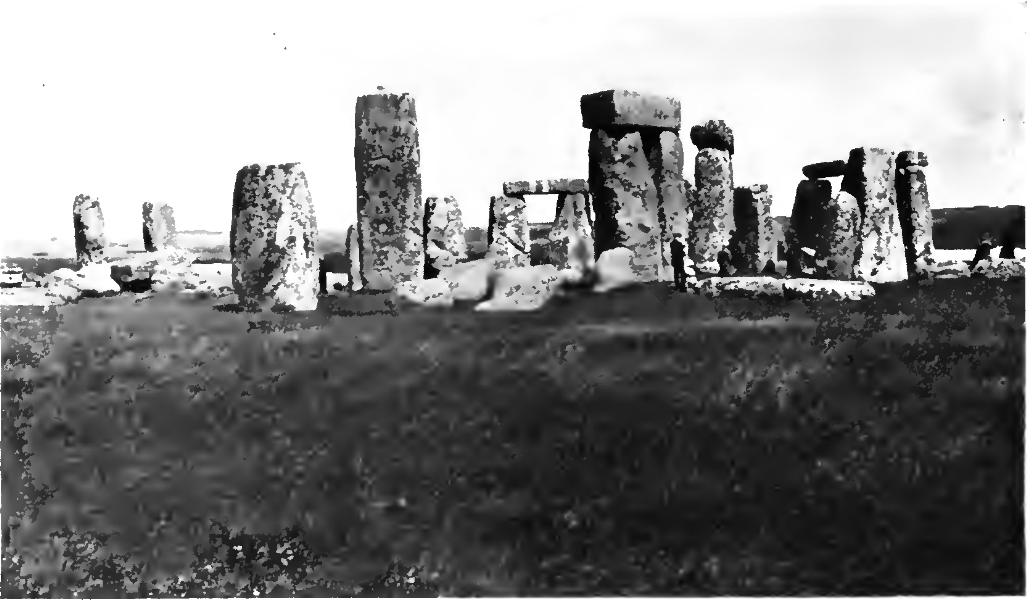<![CDATA[A new study has created waves in the world of archaeology and history, suggesting that there is more to Stonehenge than meets the eye. Published in the September 2014 issue of Smithsonian Magazine, the study claims that there are fifteen monuments that lie hidden under the popular Neolithic landmark. The researchers used 3D laser scanners and radars to create a detailed underground map of the entire area, totalling more than four square miles. The new findings, if confirmed through excavations, could totally change the way archaeologists view the area. Stonehenge is one of the most recognisable wonders of the ancient world. Situated on a plot of land just outside of Wiltshire, it is believed that the Neolithic monument was built between 3000 and 2000 BC. Carbon dating suggests that the first stones were raised between 2400 BC and 2200 BC. What is so mysterious to scientists and enthusiasts around the world is the sheer size and weight of the stones, with each weighing between four and eight tons. Despite their enormous proportions, the stones were transported from North Wales, some 170 miles away. Another mystery is exactly what Stonehenge was used for. Many believe that it was used for religious purposes, and to honour the dead. As a sundial, it also lines up perfectly with the summer solstice. The recent findings are now shedding more light on Stonehenge's mysteries. The four year project was led by Vince Gaffney, an archaeologist from Newcastle. He called the project "Stonehenge Hidden Landscapes Project", and collaborated with the Ludwig Botzmann Institute for Archaeological Prospection and Virtual Archaeology in Austria. The team found evidence of fifteen artefacts, such as henges, barrows, ditches and pits, buried underground. Gaffney and his team suggest that there was a larger scale of activity around Stonehenge than was previously thought. One of the major finds was a large gap in the Cursus monument, which is about a mile north of Stonehenge. The Cursus monument is a ditch that is 1.5 miles long and 100 meters wide. The gap may have served as an area where people entered and exited Stonehenge. It is not certain exactly what the purpose of the Cursus was, but Gaffney believes it could have been used either as a gateway for worshipers, or as a marker that detailed the passage of the sun. The Cursus monument runs east to west, and another major find was two pits at either end of it. These pits are 4.5 meters in diameter and 1 meter deep, and form a triangle with Stonehenge, denoting sunrise and sunset. As with the Cursus monument itself, it is not known what these pits were used for, but Gaffney and his team hope that future excavations will reveal their true purpose. ]]>
New Facts Uncovered About Stonehenge
